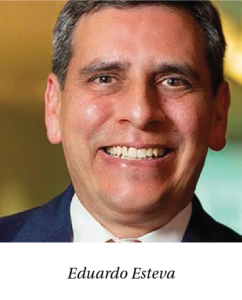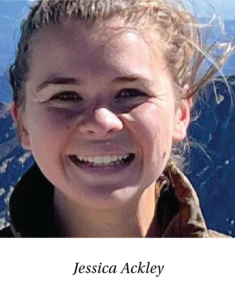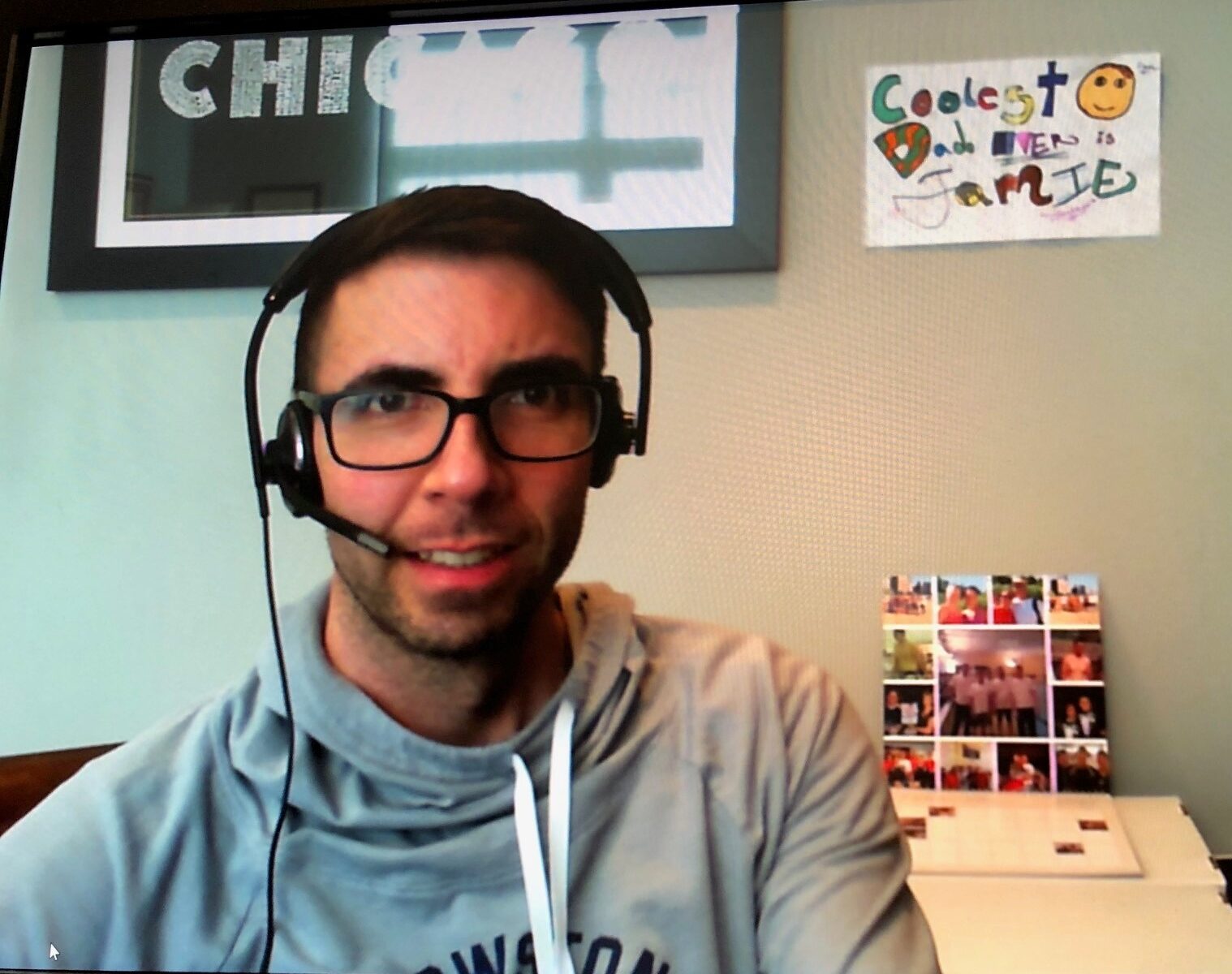
In an ever-evolving business landscape, the actuarial profession stands at the intersection of risk assessment, financial forecasting and strategic decision-making. Actuaries are the backbone of industries ranging from insurance to finance, offering critical insights that guide companies and governments alike. To maintain the relevance and value of this profession, the CAS announced a transformative new project poised to redefine the landscape of actuarial education and credentialing: the Actuarial Professional Analysis (APA). This comprehensive evaluation aims to validate or redefine the importance of various content areas for current and future actuaries, ensuring that CAS credentials remain the gold standard in the property and casualty (P&C) actuarial profession.
The credentialing industry recommends that credentialing associations review their content for their credentials every three to five years to ensure that they are still accurate and relevant for the industry. The comprehensive evaluation conducted through the APA will have implications for the CAS credentialing pathway. By reassessing and evaluating the content areas, the CAS aims to increase the relevance of its credentials to employers, members and candidates. This means that the skills and knowledge acquired through the CAS exam process will continue to closely align with industry needs, ensuring members are more attractive applicants in the job market.
A crucial aspect of the APA is its inclusivity. The CAS recognizes that the perspectives of its members and candidates are invaluable in this process. Therefore, all CAS members and candidates will have the opportunity to provide input, ensuring that the evaluation reflects a broad range of experiences and insights.
One of the key outcomes of the APA will be the determination of appropriate weights and cognitive levels for different content areas within the CAS credentialing pathway. This means that the CAS will be able to fine-tune its examination and educational offerings to reflect the complexities and importance of various topics comprehensively. For instance, certain areas of actuarial practice may require a deeper understanding and higher cognitive engagement, while others may be foundational but less complex. The APA will help the CAS strike the right balance, ensuring that actuaries are well-equipped to meet the challenges of their roles.
The APA represents a significant step forward for the CAS, as it seeks to ensure that its credentialing pathway remains aligned with the demands of the current and future actuarial landscape. The analysis is not merely a review; it is a strategic effort to confirm that the content areas currently emphasized in actuarial education and examination are still pertinent and valuable, while allowing space for emerging concepts to be added. As the business environment shifts, so must the knowledge and skills that actuaries bring to the table.
The first step in developing the APA was to establish and define the APA goal: to validate or redefine the importance of actuarial content areas. The next step was to gather data from CAS members, candidates and stakeholders.
The analysis of data is well underway, as panel meeting workshops with members, surveys, stakeholder interviews and feedback discussions have already taken place. At the helm of evaluating all the data the CAS collects is the volunteer APA Task Force — with each member putting in as much as 20 hours of work per month. Each member had to apply and be selected for the group. The task force reviewed preliminary research to help define the existing ACAS and FCAS designations and key emerging topics. They then participated in stakeholder interviews and workshops to further curate an exhaustive list of topics relevant to daily actuarial work. This work was used to formulate the APA survey themes. The survey was used to gather broader insights into the most critical topics for actuarial work. Ultimately the work will direct future credentialing pathway discussions.
“Task force members evaluate all of the results from every part of the process of the APA to help inform the next step,” says Maggie Lyons, director of certification development. “For example, when we did our stakeholder interviews, they reviewed all the interview notes and consolidated them into themes, and we’ve been using these themes to ensure that they are captured throughout the rest of the process.”
Ashley Zamperini, director of certification products, explained that effective teamwork between staff and volunteers gets the complex projects completed. “With everyone bringing their various skills to the table, we are able successfully move this project forward,” says Zamperini.
The team put in a similar effort with the panel workshops and focus groups that took place in July, sitting in on each one to bring their findings and feedback back to the group to see where the CAS needed to go with the membership-wide survey.
Zora Law is one of the nine volunteers who works on the project and brings a wealth of actuarial knowledge to the task force. “I became interested in contributing to the APA because I believe it is crucial for our profession to remain current and competitive in the evolving economy,” says Law. “I consider myself a strong candidate due to my extensive educational background and diverse work experience. I achieved FIA status in the U.K. in 2009 and, after relocating to the U.S. in 2011, obtained FCAS through mutual recognition. My career has spanned a variety of roles, including positions at a Big 4 audit firm, international consulting firm, large, regional and multinational insurers, a small risk retention group and a tech company. These experiences have provided me with a comprehensive understanding of the profession and insights into what employers seek in an actuary.”
As part of the APA Task Force, her responsibilities are assisting various aspects of APA workflows, including drafting performance level descriptors for ACAS and FCAS, participating in stakeholder interviews and panel workshops, and reviewing the profession-wide survey for all members to share their thoughts on APA.
for ACAS and FCAS, participating in stakeholder interviews and panel workshops, and reviewing the profession-wide survey for all members to share their thoughts on APA.
“Volunteering for the APA task force not only deepens my understanding of how we define our profession but also allows me to connect with fellow actuaries,” says Law. “It’s an excellent opportunity to brainstorm and collaborate on strategies to enhance our profession’s relevance and competitiveness, thereby attracting future talent. I find it invaluable to learn about the focus areas and needs of actuaries in various fields and to explore how the CAS can address these issues effectively.”
Eduardo Esteva received the email inviting volunteers to participate in this new project that will shape the future of actuarial expertise. It looked like an important and interesting project to him — one where he could make a contribution. “This kind of project — where we need to create or redefine and question if we need to change direction in the work of actuaries — always is of interest to me,” says Esteva.
important and interesting project to him — one where he could make a contribution. “This kind of project — where we need to create or redefine and question if we need to change direction in the work of actuaries — always is of interest to me,” says Esteva.
His responsibilities include participating with other members of the task force to review the documents that exist, create new ones and agree on the new documents to be presented as a result of the task force analysis and discussion.
“This is an exciting moment to review the meaning of ‘actuarial expertise.’” says Esteva. “I am eager to be part of the discussion and definition, and I look forward to a lively and interesting discussion with the other task force members and other stakeholders. I anticipate that I will grow through participating in this process. Also, it will be very satisfying to contribute to a good articulation of actuarial expertise and to know that this work will guide the growth and development of both the new and the old generations of actuaries.”
“I encourage others to get involved, as I believe that sharing and hearing diverse views will help give us a broader vision of what it means to be an actuary and a stronger foundation for building consensus around the results of the project.”
Thomas Heise is an actuary who has rotated into a non-actuarial leadership position with an appreciation for the skills and knowledge acquired through the credentialing process. “The rigor around the exam program creates significant opportunity for individuals in both traditional and nontraditional settings,” says Heise. “The chance to provide perspective and influence the direction of future talent development within the actuarial space is exciting.”
the credentialing process. “The rigor around the exam program creates significant opportunity for individuals in both traditional and nontraditional settings,” says Heise. “The chance to provide perspective and influence the direction of future talent development within the actuarial space is exciting.”
“Volunteering for a task force like this is a great way to influence the future direction of actuarial work,” says Heise. “I personally value the ability to interact with a diverse group of actuaries, as it provides me with a broader perspective around actuarial work in general.”
Jessica Ackley became a member of a different CAS volunteer group — the Candidate Advocate Working Group (CAWG) — which mostly focuses on serving those striving to achieve their credentials. “During the CAWG’s 2024 kick-off meeting, CAS Admissions spoke to us about the purpose and plan for the upcoming APA,” Ackley says. “They explained that the APA is focusing on future candidates and the future CAS credentialing pathway — so, applying to join the APA Task Force felt like it aligned well with my existing volunteer efforts.”
serving those striving to achieve their credentials. “During the CAWG’s 2024 kick-off meeting, CAS Admissions spoke to us about the purpose and plan for the upcoming APA,” Ackley says. “They explained that the APA is focusing on future candidates and the future CAS credentialing pathway — so, applying to join the APA Task Force felt like it aligned well with my existing volunteer efforts.”
“One of our focuses over the last few months has been trying to define and differentiate between an ACAS and an FCAS. The obvious answer is that an FCAS has passed more exams than an ACAS, but we’ve been trying to determine what that really means in practice. We spent a lot of time discussing this in task force calls, and CAS Staff also set up interviews with various actuaries to ensure we had plenty of perspectives. Our discussions involved questions like: Are there times when you would assign a project to an FCAS instead of an ACAS? If so, why? Is there a difference in an ACAS and FCAS if they both have the same years of experience in similar departments? If so, what is it? What should the difference between the two look like in the future? Should we consider changing anything in the credentialing pathway to capture that difference?”
The group is also thoroughly reviewing current Domains and Tasks on CAS Exam Content Outlines. The goal of this step is to more closely align the material that CAS exams cover with what actuaries need to know for their jobs. As one example, if it becomes clear that most actuaries aren’t using a heavily tested topic and don’t think it’s important for future actuaries to know, the CAS may want to change how it’s currently testing it or eliminate it completely. On the other hand, the group may realize there is something that actuaries wish they knew more about that isn’t tested enough; if so, the CAS will have to figure out the most appropriate way to test it more heavily in the credentialing pathway going forward.
“Beyond trying to help improve the credentialing process, it’s been incredibly interesting to talk to so many actuaries in the task force calls and the few focus group sessions/stakeholder interviews I observed,” says Ackley. “It’s also been rewarding to see how things the task force has worked on have been used in the recent APA steps. I would encourage everyone to volunteer for upcoming APA opportunities, and for any other volunteer groups that are exam-related.”
As the APA progresses, it becomes clear that the CAS is committed to ensuring that its credentialing pathway evolves alongside the changing demands of the actuarial profession. Through the dedicated efforts of the APA Task Force and CAS volunteers, along with feedback from its members, this transformative project is poised to strengthen the value and relevance of CAS credentials in the modern business landscape. By aligning education and examination content with the practical needs of actuaries, the CAS ensures that its members remain well-equipped to navigate the complexities of a rapidly shifting risk environment.
The inclusive and collaborative nature of the APA emphasizes the importance of diverse perspectives in shaping the future of actuarial expertise. As more actuaries contribute their insights and experiences, the CAS will continue to refine its credentialing process to meet the needs of both employers and members. Ultimately, the APA represents a forward-thinking approach to actuarial education — one that will guide the profession into the future, attracting top talent and solidifying CAS credentials as the gold standard in the industry.
In a time of rapid change, the APA ensures that the CAS remains agile, innovative and responsive — qualities that will not only enhance the profession’s standing but also drive the continued success of actuaries in every field they serve.
APA Task Force
Members
- Ryan Lin
- Jessica Ackley
- Tom Heise
- Erick Mau
- Alex DeWitt
- Zora Law
- Eduardo Esteva
Observers – SECOM
- Laura Maxwell
- Jim Sandor
- William Wilder
CAS Staff
- Ashley Zamperini
- Maggie Lyons
- John Kleine
- Sharon Burns













